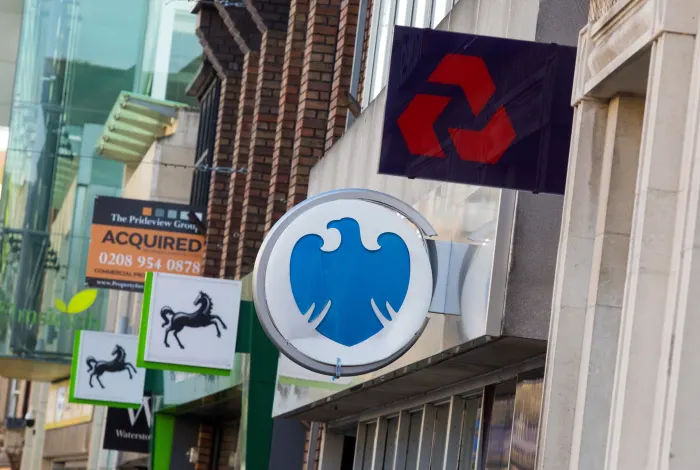Credit reports have become a pivotal tool in our personal finance arsenal. Helping us understand our financial standing as well as acting as a frontline defence against the ever-growing threat of fraud. This article delves into the dual nature of credit reports: as a beacon for financial health and a potential shield against fraud. It highlights the ways they can be leveraged to fortify our defences while also shedding light on how fraudsters exploit them.
Understanding Credit Reports
At their core, credit reports are comprehensive dossiers that detail your credit history, including loans, credit cards, and repayment history. These documents are indispensable for lenders in making informed decisions about loan approvals and interest rates. However, their importance transcends mere financial metrics, serving as a guardian of your identity and financial integrity.
One of the most glaring vulnerabilities in the current credit report system is the reliance on knowledge-based authentication (KBA). This method, which typically involves answering multiple-choice questions about one’s financial history, presents a low barrier for seasoned fraudsters. Armed with information often easily gleaned from social media or previous data breaches, fraudsters can navigate these questions with unsettling ease, gaining access to a treasure trove of sensitive information.
The Safeguard of Card Verification
Conversely, some organisations have implemented a more robust verification method requiring a credit or debit card. This approach significantly raises the bar for unauthorised access, as it necessitates physical possession of the card or in-depth knowledge of the cardholder’s details. Thus rendering the fraudster’s task exponentially more challenging. A concerning trend among new companies offering credit report services is the alarmingly low number of those who use card verification processes. This oversight presents a significant security loophole, poised to exacerbate fraud issues.
The simplicity of accessing credit reports without stringent verification measures like card confirmation increases the risk of sensitive information falling into the wrong hands. This growing problem demands immediate attention and reversal. The industry must pivot towards a standard where card verification becomes a universal gatekeeper. Thus significantly mitigating the potential for fraud and protecting consumers’ financial health more effectively.
Leveraging Credit Reports in Fraud Prevention
The battle against fraud is multifaceted, requiring a combination of vigilance, technology, and proactive measures. Credit reports, when used effectively, can be a linchpin in this fight, offering several avenues for protection.
Regular monitoring of your credit report is akin to installing a surveillance system for your financial identity. It enables you to spot unauthorised activities or inaccuracies early on, allowing for swift action. This practice not only protects your financial health but also acts as a deterrent against identity theft.
Staying One Step Ahead
In the event of suspected fraud, a credit freeze can be an effective countermeasure. This tool locks down your credit, preventing lenders from accessing it in response to new credit applications. While this does not impact existing credit lines, it effectively seals off your financial profile from malicious attempts, serving as a fortification against identity theft.
Setting up alerts for new activities can also serve as an early warning system. Notifying you of any unusual or unauthorised changes. This real-time monitoring ensures that you remain in control of your financial security and are ready to act at the first sign of fraud.
How Fraudsters Exploit Credit Reports
Fraudsters, with their ever-evolving tactics, exploit the accessibility of credit reports to orchestrate scams. By manipulating the KBA process, they can impersonate legitimate individuals, open accounts, and accumulate debt in someone else’s name. This not only leads to financial loss for the victim but can also cause long-lasting damage to their credit score and financial reputation.
The vulnerabilities in the current system underscore the urgent need for enhanced security measures. Financial institutions and credit bureaus must move beyond KBA, adopting more sophisticated verification methods that can outpace fraudsters’ tactics. Biometric authentication, multi-factor verification, and the use of behavioural analytics are promising avenues that can significantly reduce the risk of unauthorised access.
Collective Responsibility
Credit reports are a powerful ally in the ongoing battle against fraud, yet they require a nuanced approach to safeguard against exploitation. It is a collective responsibility involving individuals, financial institutions, and regulators to ensure these tools are used effectively and securely. By staying informed, vigilant, and proactive, we can harness the power of credit reports to protect our financial well-being and integrity, keeping the fraudsters at bay.
This proactive stance against fraud, grounded in understanding and leveraging credit reports’ protective capabilities while addressing their vulnerabilities, exemplifies the multifaceted approach needed to secure our financial future in the digital age.



